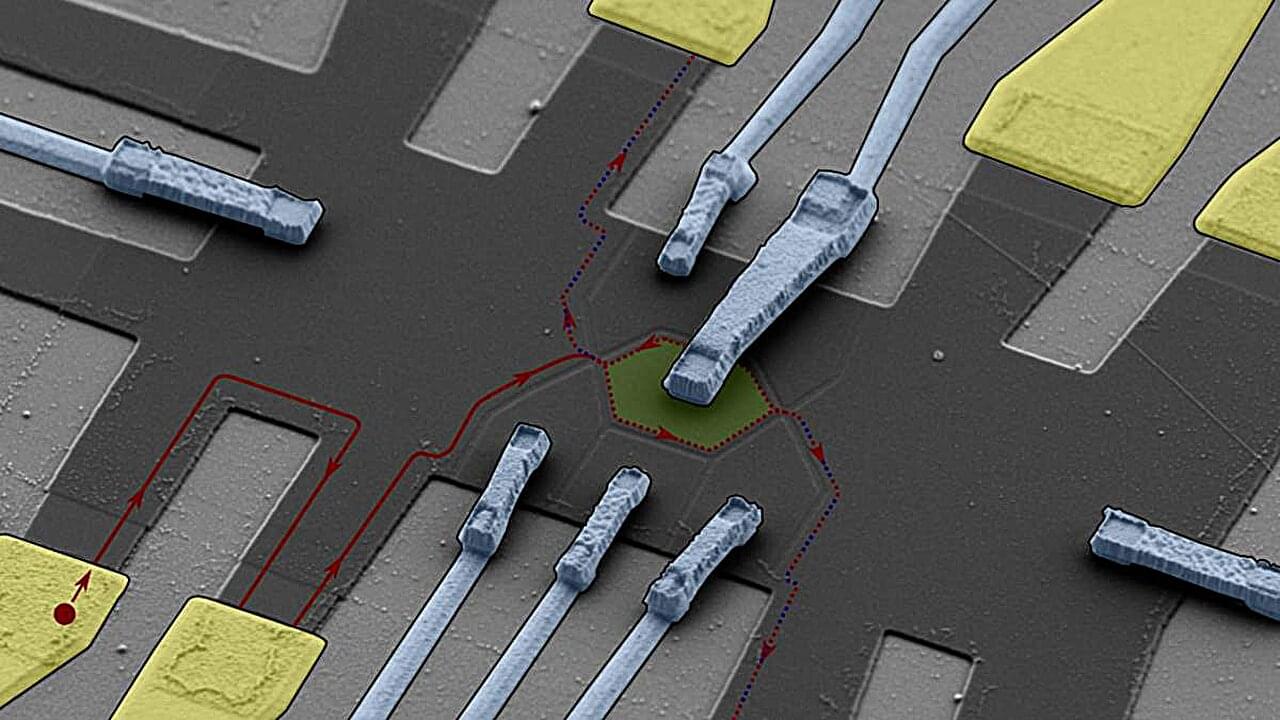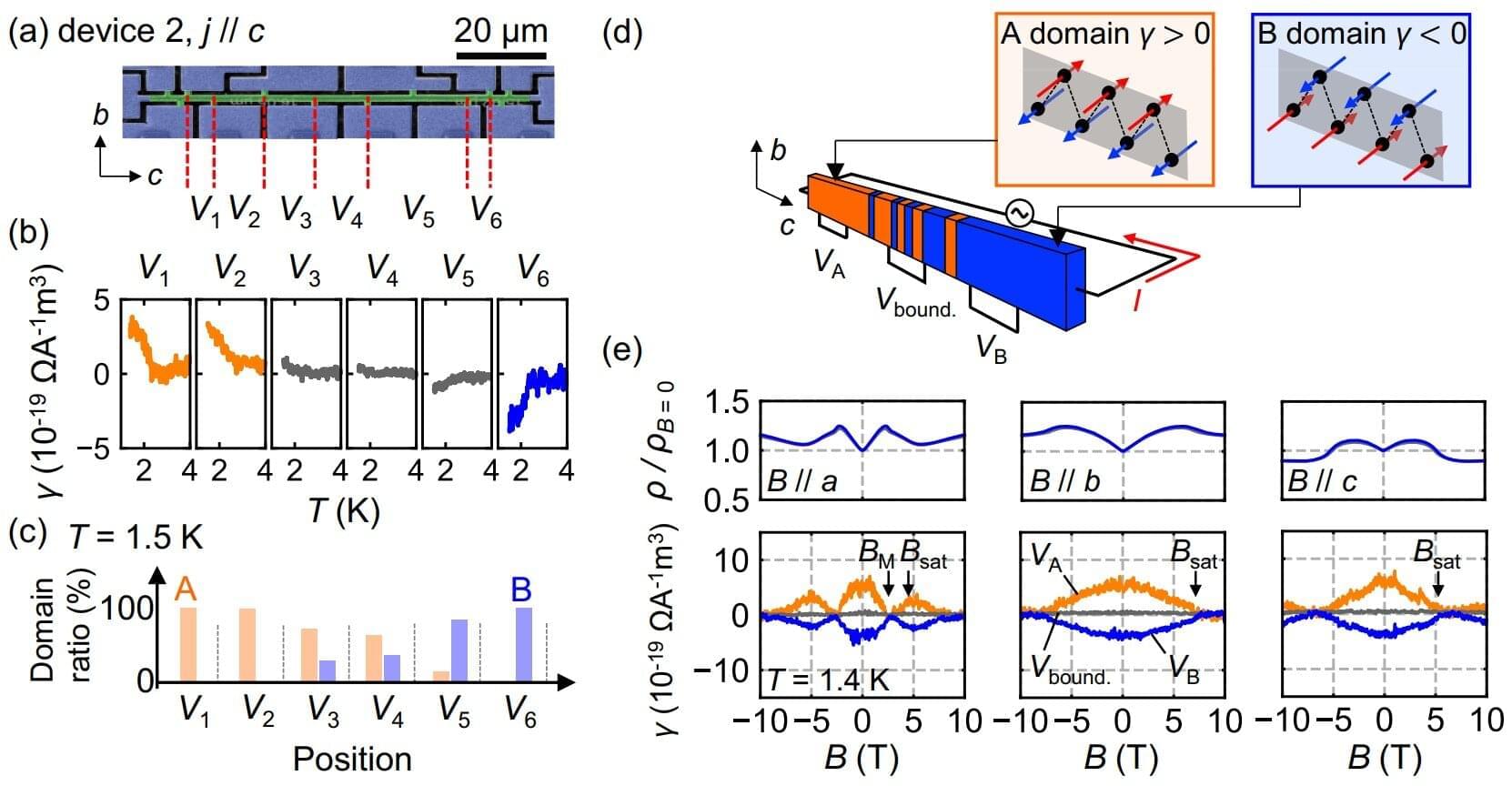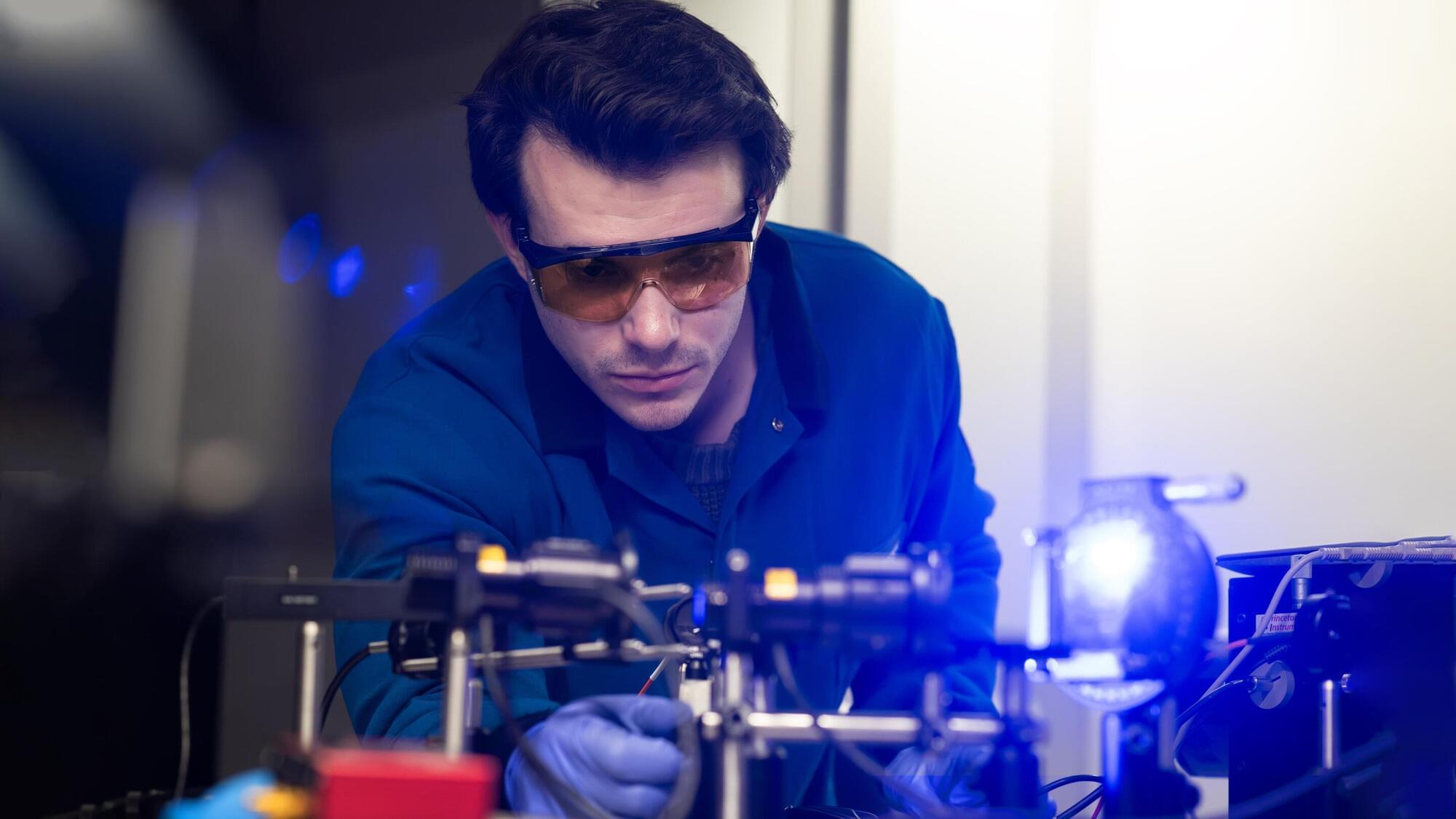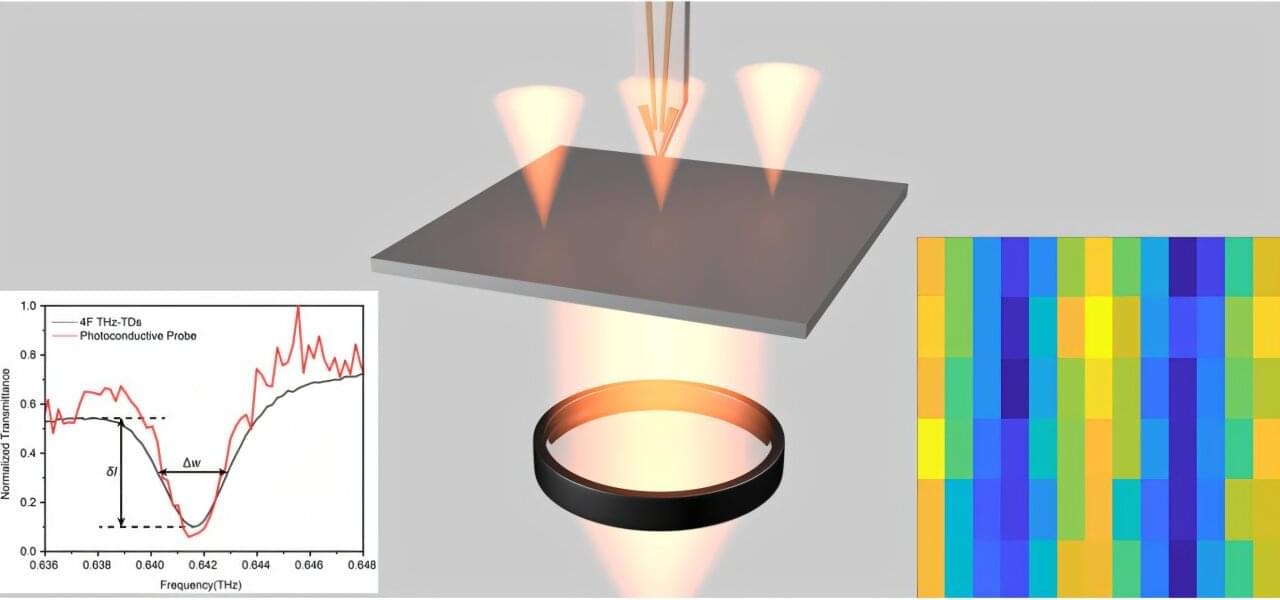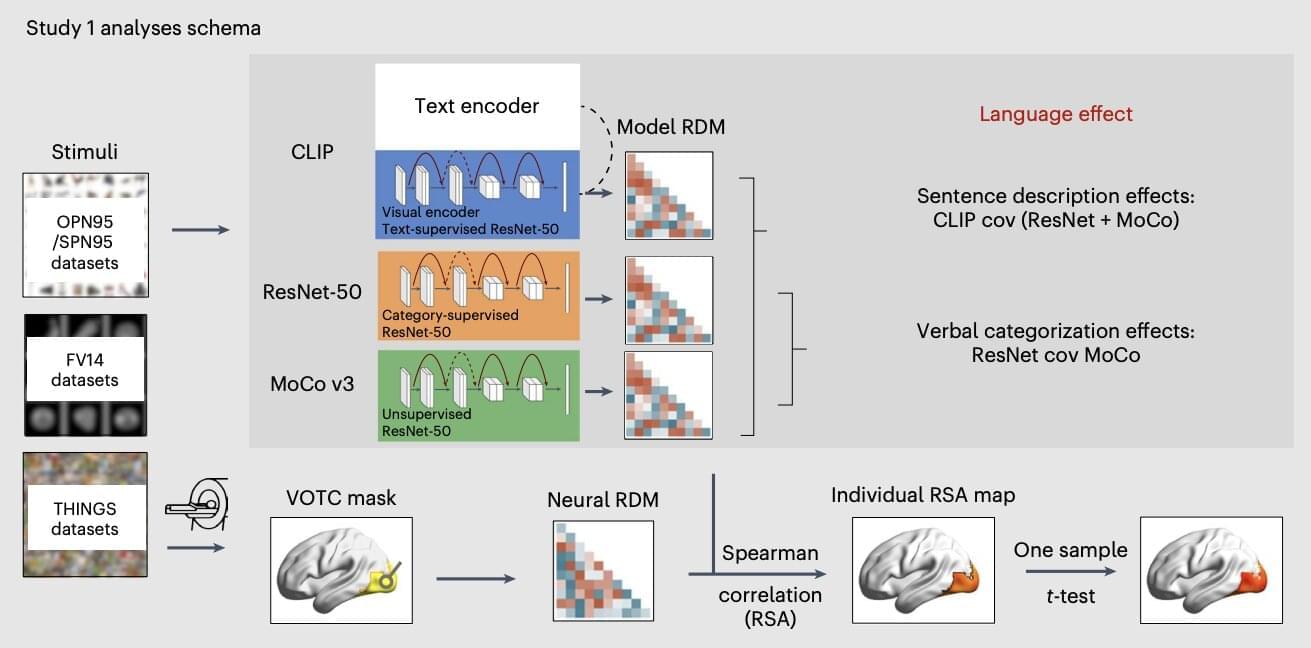In the future, quantum computers are anticipated to solve problems once thought unsolvable, from predicting the course of chemical reactions to producing highly reliable weather forecasts. For now, however, they remain extremely sensitive to environmental disturbances and prone to information loss.
A new study from the lab of Dr. Yuval Ronen at the Weizmann Institute of Science, published in Nature, presents fresh evidence for the existence of non-Abelian anyons—exotic particles considered prime candidates for building a fault-tolerant quantum computer. This evidence was produced within bilayer graphene, an ultrathin carbon crystal with unusual electronic behavior.
In quantum mechanics, particles also behave like waves, and their properties are described by a wave function, which can represent the state of a single particle or a system of particles. Physicists classify particles according to how the wave function of two identical particles changes when they exchange places. Until the 1980s, only two types of particles were known: bosons (such as photons), whose wave function remains unchanged when they exchange places, and fermions (such as electrons), whose wave function becomes inverted.
